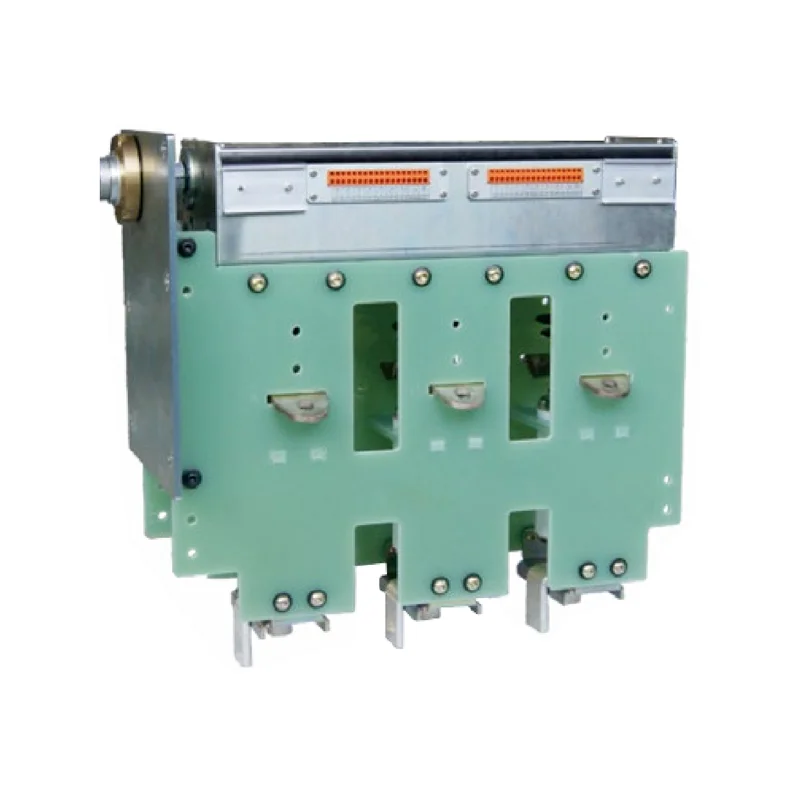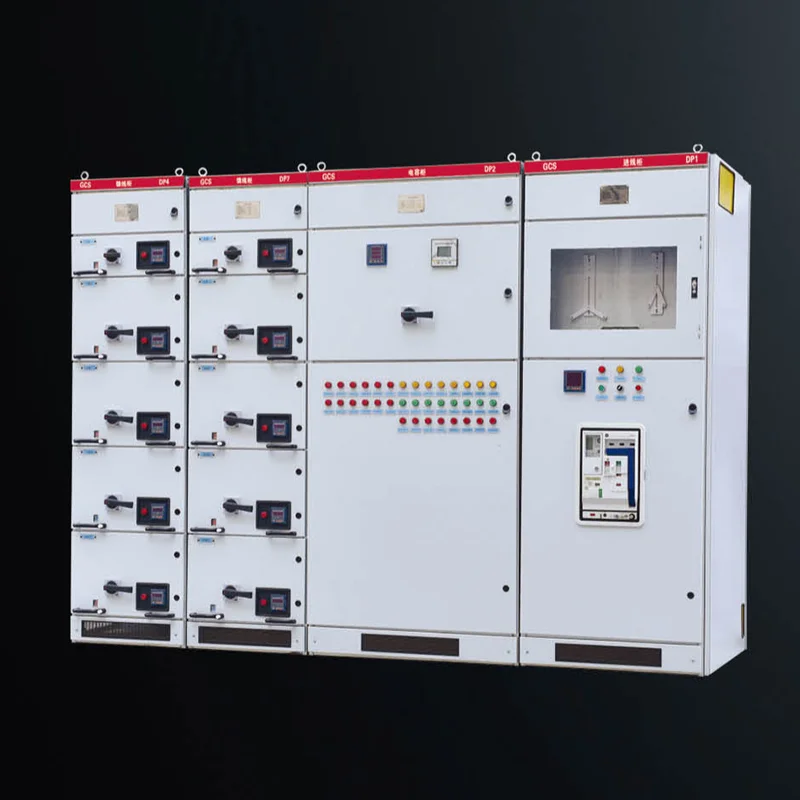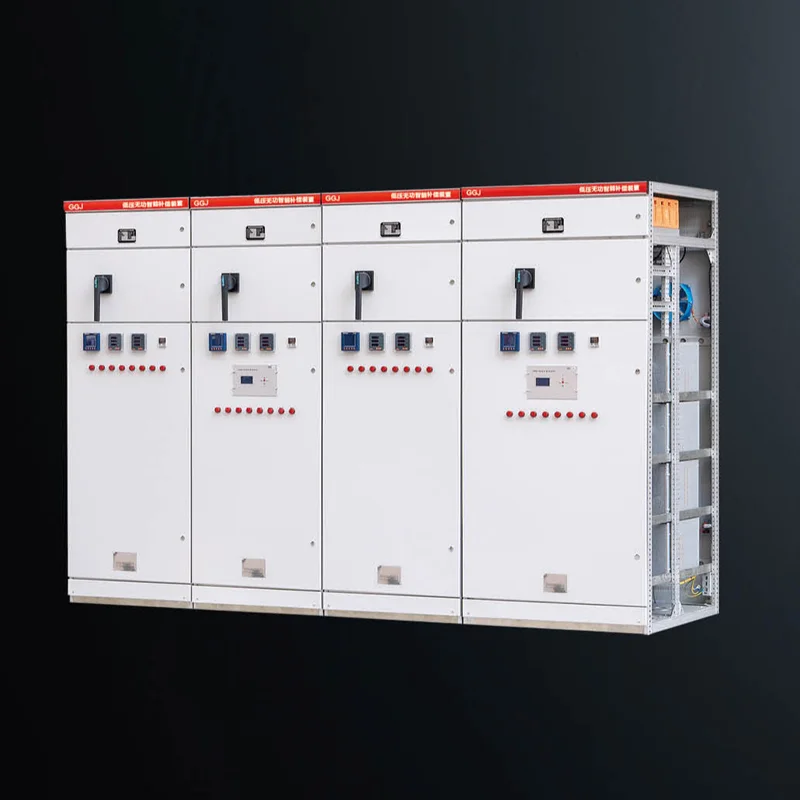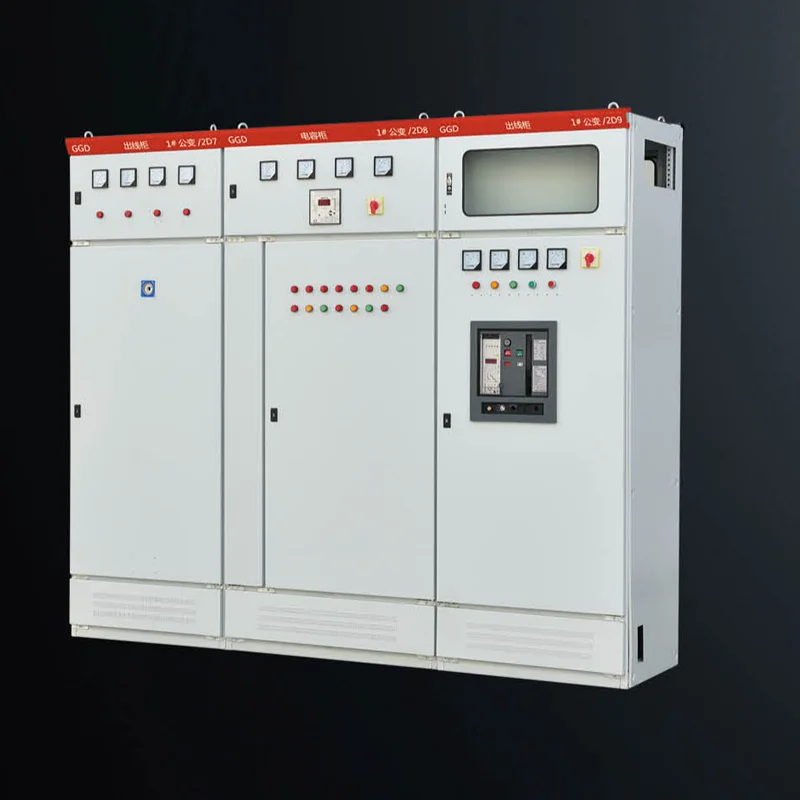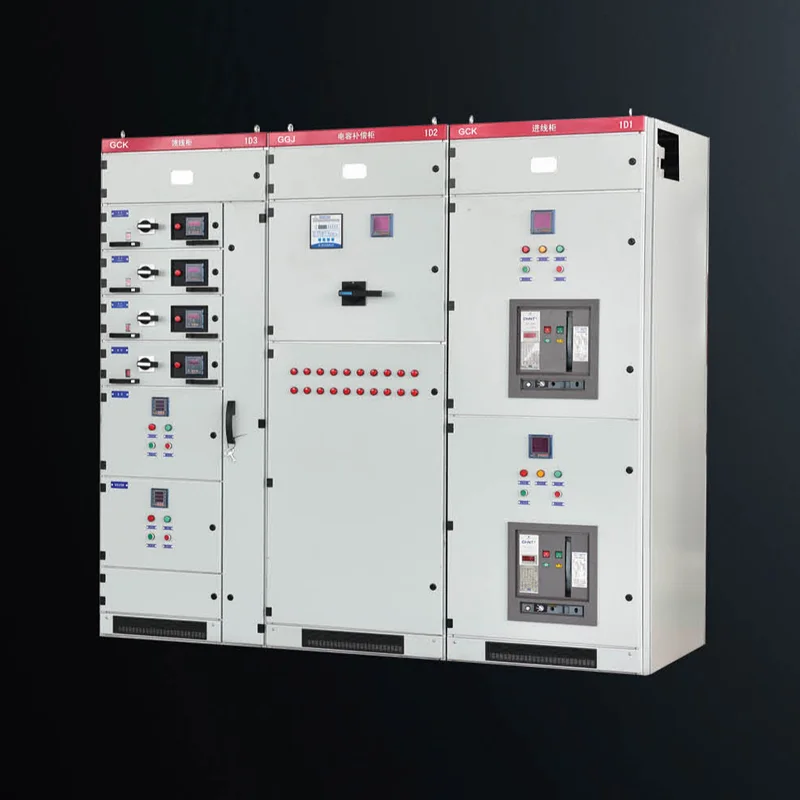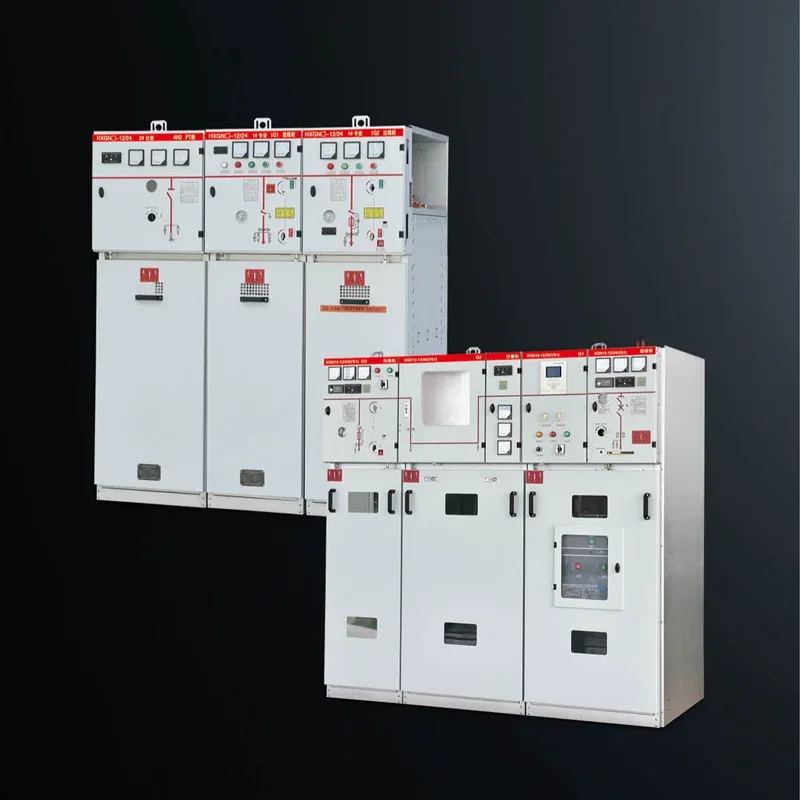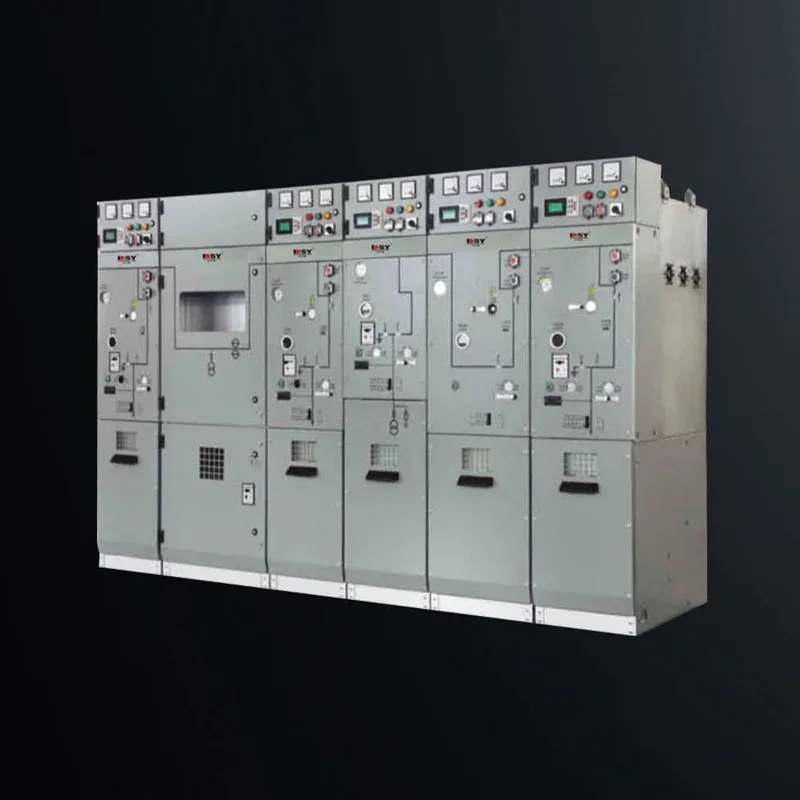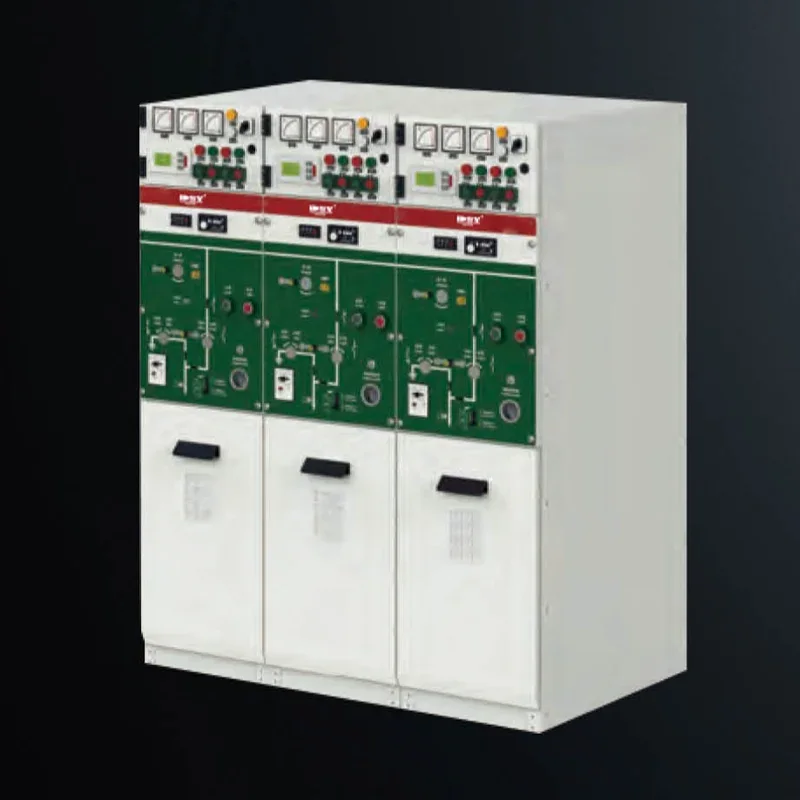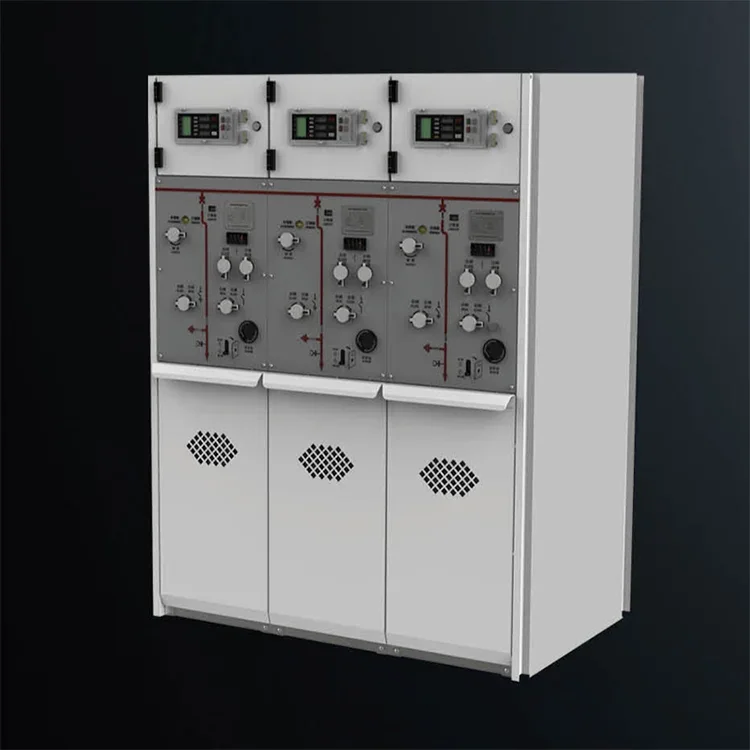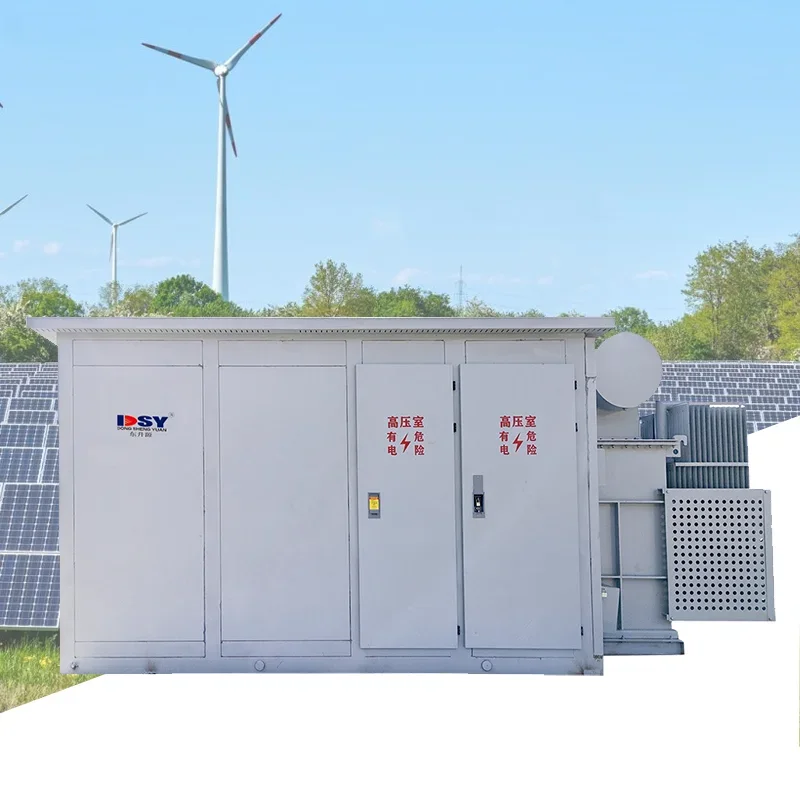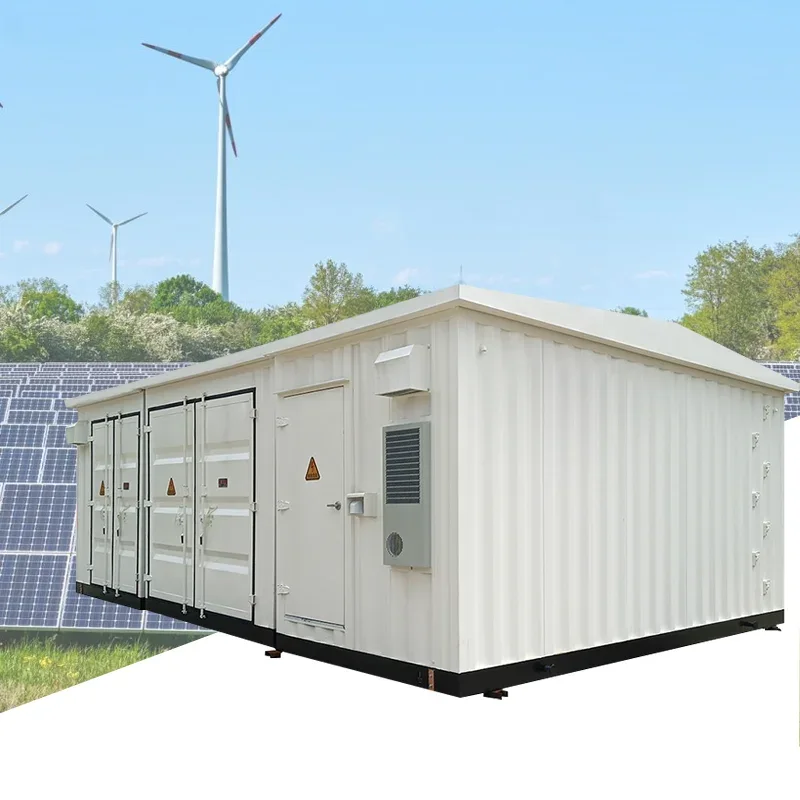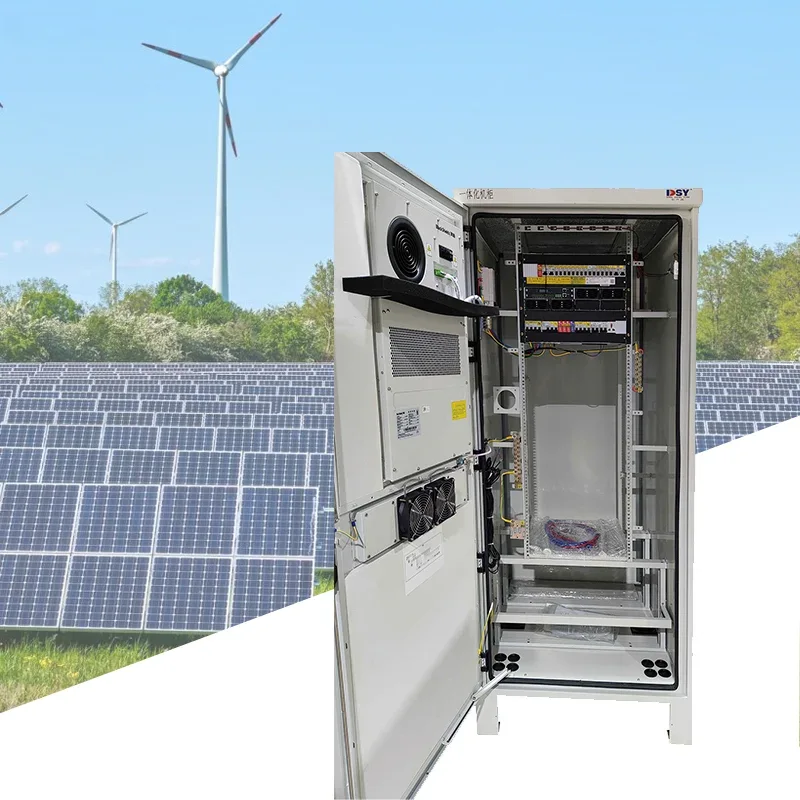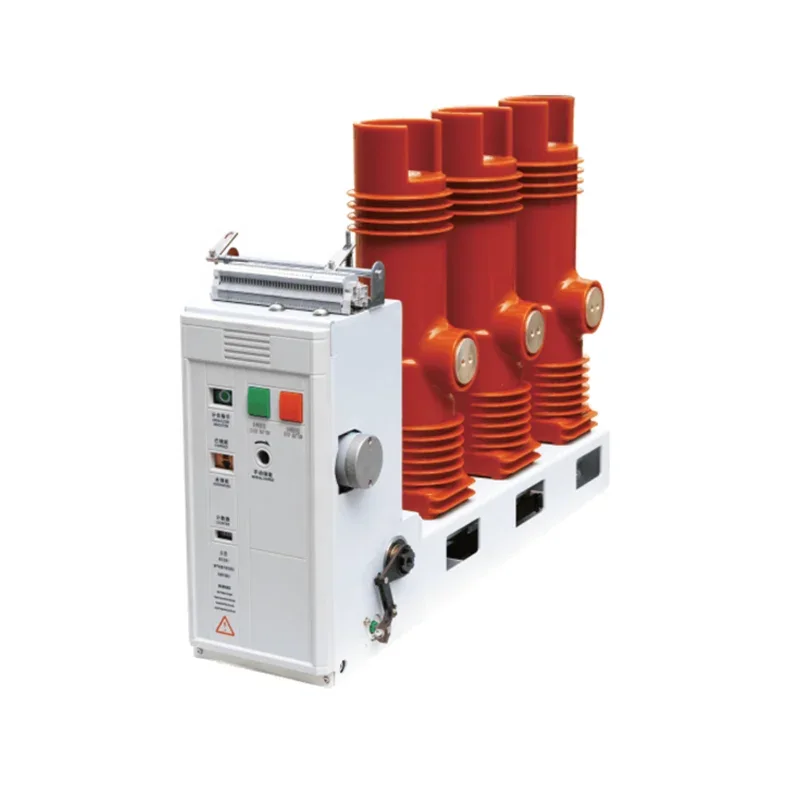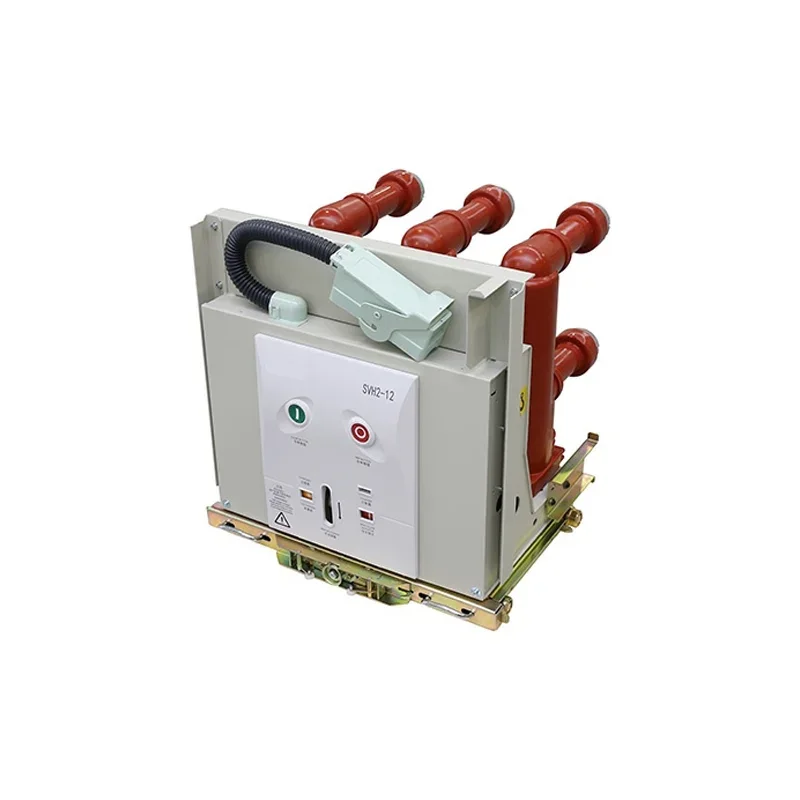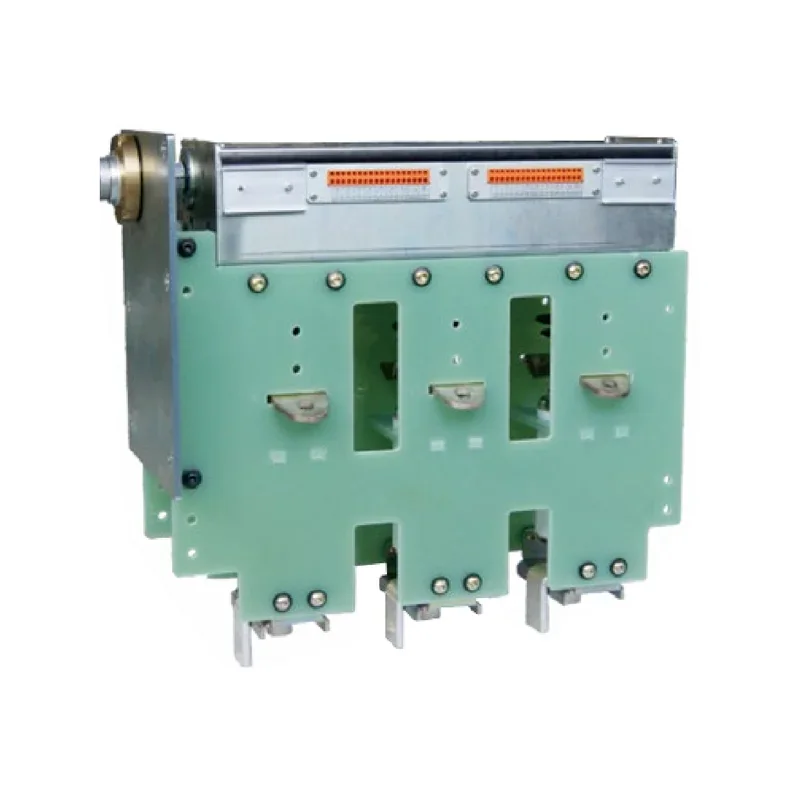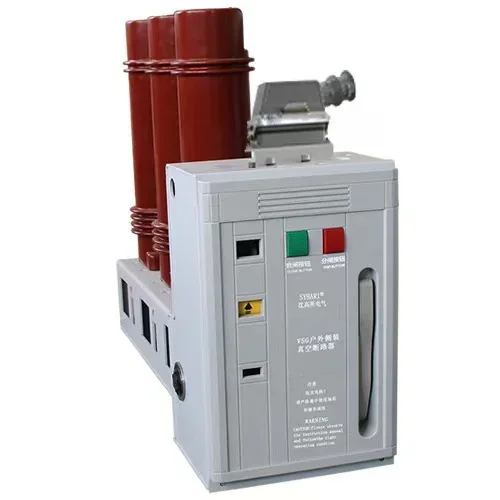How Low Voltage Switchgear Performs Under Extreme Conditions: Ensuring Reliability and Safety
Understanding Low Voltage Switchgear and Its Importance Low voltage switchgear plays a crucial role in electrical distribution systems by controlling and protecting electrical circuits and devices. It encompasses various components, including circuit breakers, contactors, and control panels, designed to operate at voltages up to 1,000 volts. In industrial, commercial, and residential applications,
Aug 04,2025
Understanding Low Voltage Switchgear and Its Importance
Low voltage switchgear plays a crucial role in electrical distribution systems by controlling and protecting electrical circuits and devices. It encompasses various components, including circuit breakers, contactors, and control panels, designed to operate at voltages up to 1,000 volts. In industrial, commercial, and residential applications, low voltage switchgear ensures the safety and efficiency of electrical systems.
What Is Low Voltage Switchgear?
Low voltage switchgear consists of a combination of electrical devices used for switching, controlling, and protecting electrical circuits. The primary functions include:
- **Switching and isolating** electrical circuits
- **Protecting** equipment from overloads and short circuits
- **Distributing** electrical power to various loads
- **Controlling** electrical devices and systems
These components are designed to withstand specific environmental conditions and operational stresses, ensuring they function correctly even in extreme scenarios.
The Role of Low Voltage Switchgear in Modern Electrical Systems
In today's rapidly evolving technological landscape, low voltage switchgear serves as the backbone of electrical systems. Its significance lies in:
- **Safety**: Preventing electrical fires and accidents through reliable protection mechanisms.
- **Efficiency**: Enhancing energy management and reducing consumption through effective control.
- **Reliability**: Ensuring continuous power supply to critical infrastructure and industrial operations.
Understanding its performance under extreme conditions is essential for engineers and facility managers to ensure safety and reliability.
Extreme Conditions Affecting Low Voltage Switchgear
Low voltage switchgear may encounter various extreme conditions during its operational life. These conditions can significantly impact its performance and reliability. Here, we explore the most common extreme conditions:
1. Temperature Extremes
Switchgear is often exposed to high and low temperatures, which can affect material integrity and electrical performance.
- **High Temperatures**: Excessive heat can cause insulation degradation, leading to failures. The thermal cycling may impact components, causing expansion and contraction, which can result in mechanical stress.
- **Low Temperatures**: At low temperatures, materials may become brittle, leading to fractures or breakages. The performance of lubricants and other mechanical components may also be compromised.
2. Humidity and Moisture
High humidity and moisture levels can lead to several issues, including:
- **Corrosion**: Metallic components may corrode, causing failures in electrical connections.
- **Insulation Breakdown**: Moisture can penetrate insulation materials, leading to short circuits.
3. Dust and Contaminants
Industrial environments often contain dust and other contaminants. These can:
- **Affect Cooling**: Dust accumulation can impede airflow, causing overheating.
- **Cause Electrical Failures**: Contaminants can lead to tracking and arcing, resulting in failures.
4. Mechanical Stresses
Switchgear systems are subject to mechanical stresses from:
- **Vibration**: Heavy machinery or external forces can cause vibrations, leading to component loosening or failure.
- **Shock**: Sudden impacts can damage sensitive components.
Material Selection in Low Voltage Switchgear
Selecting appropriate materials is critical for low voltage switchgear to perform reliably under extreme conditions. Here, we discuss the most commonly used materials and their benefits:
1. Insulation Materials
The insulation materials used in switchgear must withstand heat, moisture, and mechanical stresses. Common materials include:
- **Thermoplastic Polymeric Materials**: Offer good electrical insulation and thermal resistance.
- **Epoxy Resins**: Provide excellent mechanical strength and moisture resistance.
2. Conductive Materials
Conductors must have high electrical conductivity and durability. Copper and aluminum are popular choices due to their conductivity, weight, and cost-effectiveness.
3. Housing and Enclosures
The enclosures of low voltage switchgear are typically made from:
- **Steel or Aluminum**: These materials provide strength and durability while being resistant to corrosion.
- **Polycarbonate**: Offers excellent impact resistance and is lightweight.
Testing Standards for Low Voltage Switchgear
To ensure that low voltage switchgear can withstand extreme conditions, manufacturers must adhere to rigorous testing standards:
1. IEC Standards
The International Electrotechnical Commission (IEC) sets global standards for electrical equipment, including low voltage switchgear. The IEC 61439 standard outlines the requirements for design, construction, and performance.
2. UL Standards
Underwriters Laboratories (UL) certification ensures that equipment meets specific safety standards. This is particularly important in North America, where UL certification can be a requirement for products used in residential and commercial applications.
Best Practices for Installation and Maintenance
Proper installation and regular maintenance are crucial for ensuring reliability and performance under extreme conditions. Here are some best practices:
1. Thorough Site Assessment
Before installation, conduct a thorough assessment of the site conditions. Consider factors like temperature fluctuations, humidity levels, and potential exposure to contaminants.
2. Professional Installation
Engage qualified professionals for installation. Proper installation techniques are essential to ensure that the switchgear operates effectively.
3. Regular Maintenance Checks
Implement a routine maintenance schedule to inspect and maintain switchgear components. Key tasks include:
- **Visual Inspections**: Look for signs of wear, corrosion, or damage.
- **Thermal Imaging**: Use infrared cameras to detect hotspots that indicate potential failures.
4. Environmental Controls
If possible, implement environmental controls such as HVAC systems or dust suppression measures to protect switchgear from extreme conditions.
The Future of Low Voltage Switchgear Technology
As technology continues to evolve, so does low voltage switchgear. The industry is witnessing trends towards more intelligent and connected switchgear solutions. Here are some key developments:
1. Smart Switchgear
Integrating IoT technology enables real-time monitoring and predictive maintenance, allowing for proactive management of switchgear systems.
2. Eco-Friendly Materials
The shift towards sustainability is driving manufacturers to explore eco-friendly materials and production methods, reducing the environmental impact.
3. Enhanced Safety Features
Modern designs are incorporating advanced safety features such as arc flash protection and remote operation capabilities to enhance safety in extreme conditions.
Frequently Asked Questions (FAQs)
1. What is low voltage switchgear used for?
Low voltage switchgear is used for controlling and protecting electrical circuits in various applications, such as industrial plants, commercial buildings, and residential properties.
2. How does temperature affect switchgear performance?
Extreme temperatures can cause insulation degradation, mechanical stress, and changes in material properties, potentially leading to failures.
3. What maintenance practices should be followed for low voltage switchgear?
Regular visual inspections, thermal imaging, and routine maintenance checks are essential for ensuring optimal performance.
4. What testing standards apply to low voltage switchgear?
Low voltage switchgear must comply with various testing standards, including IEC 61439 and UL standards, to ensure safety and performance.
5. Can low voltage switchgear be used in harsh environments?
Yes, low voltage switchgear can be designed to operate in harsh environments, provided that appropriate materials and protective measures are used.
Conclusion
Low voltage switchgear is a vital component of modern electrical systems, ensuring safety, reliability, and efficiency even under extreme conditions. By understanding the impact of various environmental factors, selecting the right materials, adhering to rigorous testing standards, and following best practices for installation and maintenance, we can maximize the performance and lifespan of these critical electrical devices. The future of low voltage switchgear technology promises even greater advancements, paving the way for safer and more efficient electrical systems across various industries.
PREVIOUS:
Related News
From June 5th to 8th, 2025, Shenzhen Dongshengyuan Electrical Equipment Co., Ltd. (hereinafter referred to as "Dongshengyuan Electric") participated in the Southeast Asia Electricity and Energy Exhibition (SEAPAE) held in Jakarta, Indonesia. During the exhibition, the company highlighted its three core product lines: high-voltage and low-voltage distribution switchgear, intelligent circuit breakers, and environmentally friendly load switches. These products are designed to provide targeted solutions for the high temperature and high humidity environments commonly found in Southeast Asia, as well as the growing demand for new energy access. They have successfully attracted over 200 industry customers for business negotiations.
The difference between circuit breakers and vacuum circuit breakers
Circuit breaker is an abbreviation for pole type circuit breaker. Circuit breakers are also vacuum circuit breakers

